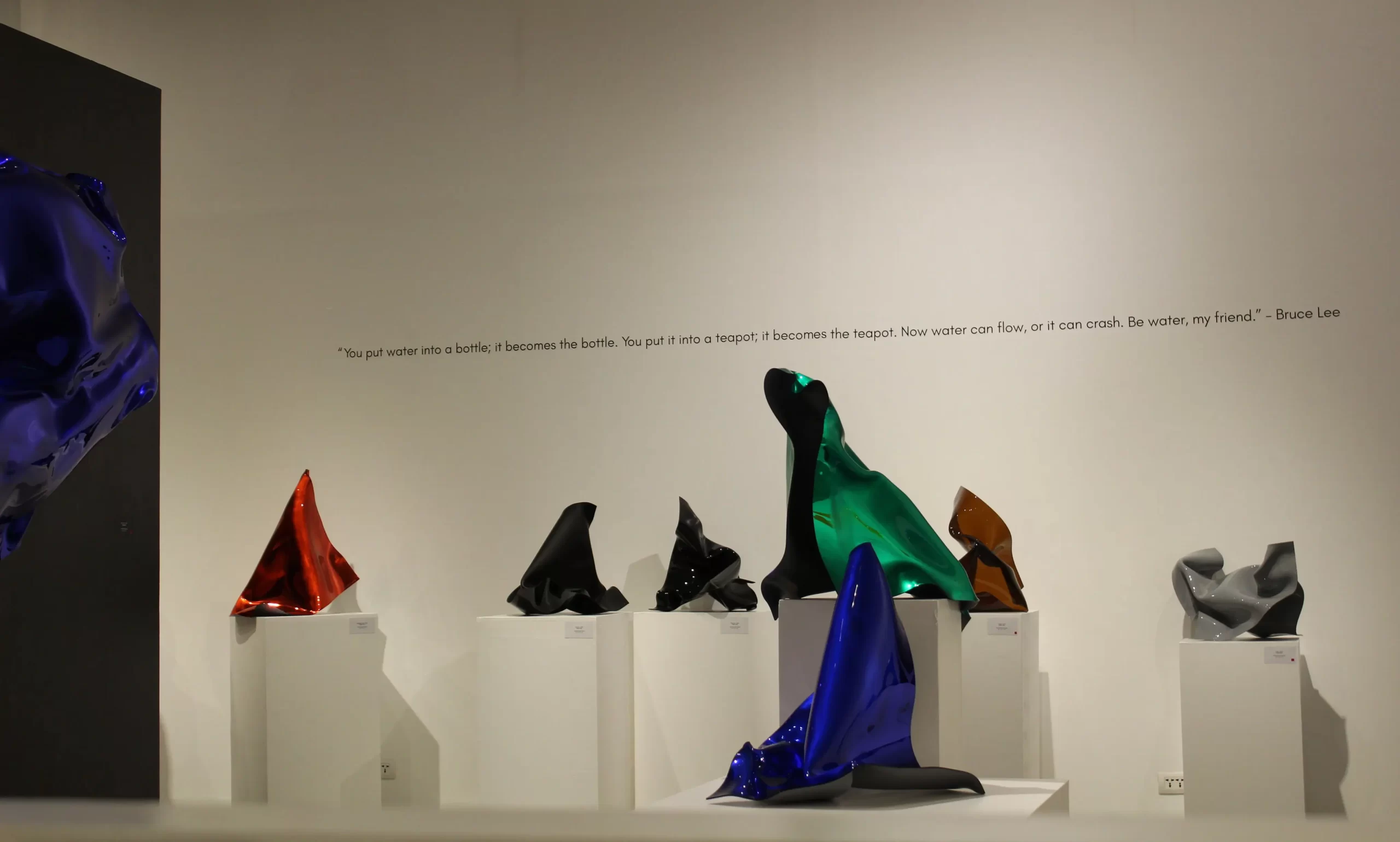Art Investments
Collecting with Purpose: The Impact of Private Collectors

Private collectors play a crucial role in the art ecosystem, significantly influencing the trajectory of contemporary Filipino art. Their patronage supports artists financially and helps shape artistic trends and cultural narratives. As the art market evolves, there is a growing emphasis on sustainable art collecting, which considers both environmental and ethical implications.
The Influence of Private Collectors on Contemporary Filipino Art
1. Patronage and Financial Support
Private collectors provide essential financial support to artists, enabling them to continue their creative endeavors. This patronage can take various forms, such as purchasing artworks, commissioning pieces, or funding exhibitions and residencies.
Collectors often discover and invest in emerging artists, providing them with the resources and visibility needed to establish their careers. This support can be transformative, allowing artists to focus on their work without the burden of financial insecurity.
2. Shaping Artistic Trends
Collectors’ preferences and acquisitions can influence artistic trends and movements. When collectors invest in certain styles, themes, or artists, they help shape the market and encourage other artists to explore similar avenues.
By collecting works that challenge conventional norms or explore innovative techniques, collectors can drive the evolution of contemporary art. Their choices can signal to the broader art community that experimentation and pushing boundaries are valuable.
3. Building Cultural Heritage
Private collections can become repositories of cultural heritage, preserving and showcasing the diversity of Filipino artistic expression. These collections often reflect the rich tapestry of contemporary Filipino art, capturing its evolution over time.
Many private collectors eventually donate their collections to public institutions or establish private museums. This act ensures that significant works of art remain accessible to the public and are preserved for future generations.
4. Enhancing Visibility and Recognition
Collectors can elevate the profiles of Filipino artists by showcasing their works in international exhibitions, art fairs, and private galleries. This visibility can lead to broader recognition and opportunities for the artists involved. Through their networks and platforms, collectors can introduce Filipino artists to global audiences, helping them gain international acclaim and opportunities for collaboration.
Promoting Sustainable Art Collecting
Sustainable art collecting is an emerging approach emphasizing environmental responsibility, ethical practices, and long-term cultural stewardship. Here’s how private collectors can promote sustainability within the art world.
1. Ethical Sourcing and Acquisition
Sustainable collectors prioritize acquiring artworks through ethical channels, ensuring that the artists receive fair compensation and recognition. Buying directly from artists or their representatives ensures that artists benefit financially from their work. It also fosters a direct relationship between the artist and the collector.
2. Environmental Considerations
Sustainable collectors are mindful of the environmental impact of their practices, from the materials used in artworks to the logistics of transportation and storage.
Collectors can prioritize works created using sustainable materials and techniques, encouraging artists to adopt environmentally friendly practices. Additionally, they can implement green practices in the storage and display of their collections, such as using energy-efficient lighting and climate control systems.
3. Promoting Inclusivity and Diversity
Sustainable collecting also promotes inclusivity and diversity within the art world, ensuring that artists from various backgrounds and communities have equal opportunities to be recognized and supported. By intentionally collecting works from underrepresented artists and diverse communities, collectors can help create a more inclusive art market that reflects a wide range of perspectives and experiences.
4. Education and Advocacy
Collectors can use their influence to educate others about the importance of sustainable and ethical practices in the art world and advocate for policies and initiatives that support sustainable art collecting.
Hosting talks, workshops, and exhibitions focused on sustainability in art can raise awareness and inspire other collectors and institutions to adopt similar practices. Sharing knowledge and best practices contributes to a broader cultural shift towards sustainability.
5. Long-Term Commitment
Sustainable collectors view their collections as long-term commitments rather than short-term investments. They focus on their collections’ enduring cultural and educational value. Ensuring that collections are well-documented and considering future donations to public institutions or creating endowments for ongoing care and public access helps preserve cultural heritage and maintain the integrity of the collection.
Private collectors profoundly impact contemporary Filipino art, shaping trends, providing financial support, and preserving cultural heritage. By embracing sustainable art collecting practices, they can further enhance their positive influence, ensuring their activities are environmentally responsible, ethically sound, and culturally inclusive. As stewards of art, private collectors have the power to support artists and enrich the cultural landscape and lead the way towards a more sustainable and equitable art world.
Written by Cherry Fulgar
For more information, contact Imahica Art at +63 917 894 5646, or email thegallery@imahica.art
Imahica Art is a contemporary art gallery in the Philippines, showcasing works by both emerging and established artists. As one of the newest venues in the Philippines, it significantly enhances the diversity and appreciation of contemporary art collections and investments, both locally and globally. Located at the intersection of Lee Street and Shaw Boulevard in Wack-Wack, Mandaluyong City, the gallery is fully accessible and open to the public for free unless otherwise stated.

